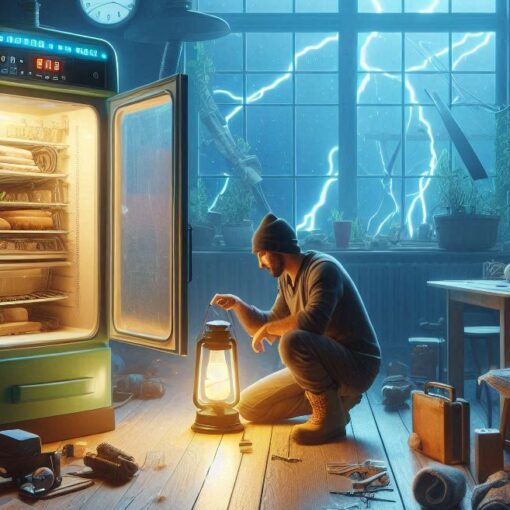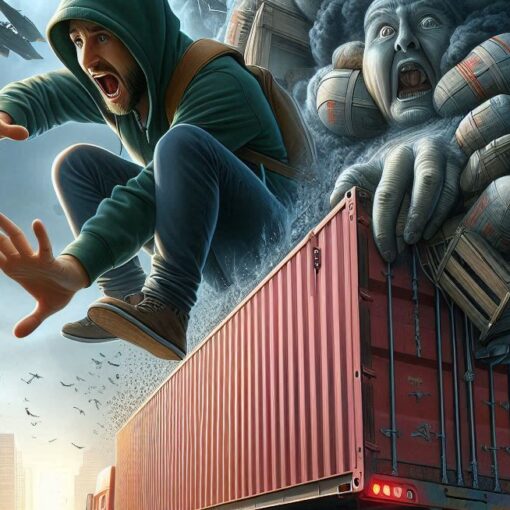Top Takeaways and Key Concepts
- Stay calm first to think clearly and respond safely in any emergency situation.
- Identify the problem quickly by assessing injuries, hazards, or weather changes.
- Have a plan before emergencies to guide actions during injuries, disasters, or wildlife encounters.
- Carry a basic emergency kit with first aid, light, tools, and water purification.
- Practice emergency skills regularly to build confidence and react faster under pressure.
Summary of This Article
This article explains how to handle outdoor emergencies by staying calm, thinking clearly, and acting quickly. It covers common situations like injuries, natural disasters, animal encounters, and getting lost, while emphasizing the value of preparation and planning ahead. It encourages assembling a reliable emergency kit and practicing safety skills with friends or family to boost confidence and teamwork. With awareness, planning, and the right mindset, anyone can stay safe and handle unexpected challenges outdoors.
Short Video Version of this Article
Imagine being outside in the sun, maybe hiking through some gorgeous forests or just relaxing by a calm lake. Everything seems great. And suddenly, boom! All of a sudden, things go wrong!
Please Note: This post may contain affiliate links. If you click one of them, we may receive a commission at no extra cost to you. As an Amazon Associate, I earn from qualifying purchases.
You see a bear, and your friend falls over a root. Before you know it, they’re rolling down the hill like a beach ball. Or, wait, even worse, you just remembered that you left your food at home!
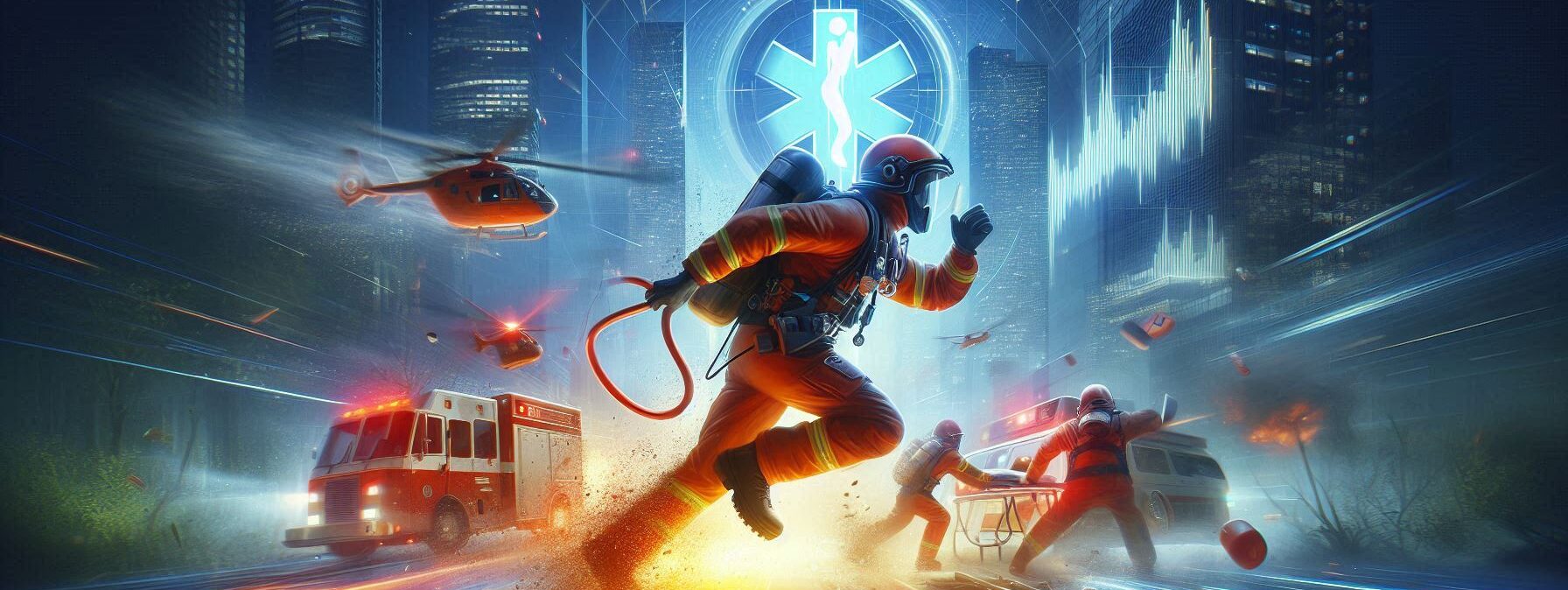
When things become a little crazy, knowing what to do can really help. The key is to stay calm. You need to stop laughing and start sorting things out quickly. Panic is not pleasant.
So give it some thought. Do you know what to do if you see a bear? Or how to help your friend who just fell down the hill? Small things like being quiet and creating room can make a big difference. When you remember the principles of safety, a chaotic moment might transform into a narrative you tell with a smile later. That’s the point, right? To have fun on our trips, even when things don’t go as planned.
Recognizing Emergencies

Okay, so let’s dive in. What even is an emergency? It’s funny, everyone has their own take on it. Some folks might see running out of coffee as a mini disaster. I mean, that’s a real mood killer, right? On the flip side, others might only feel alarmed if a moose walks up to them while they’re trying to enjoy a nice picnic. Totally different vibes!
Let’s find some common ground. Picture a few situations that really need quick action. Like, if someone twists an ankle on the trail, that’s a big deal. You gotta stop and help.
What about getting lost? If you can’t find your way back, that’s definitely emergency level. Feeling that little panic bubbling up? Yeah, I’ve been there. It helps to breathe, look at your map, and figure it out.
Then there’s weather changes. If it suddenly starts pouring, you don’t want to sit there getting soaked. A quick dash to find shelter can save the day.
Let’s not forget about wildlife encounters. If you stumble across something a bit too close for comfort, knowing the right moves can keep everyone safe.
Thinking about these situations helps us prepare. It’s kinda nice to know what counts as an emergency for us, right? That way, when chaos hits, we can respond like pros. No stress, just action. Got your back, friend!
1. Medical Emergencies:
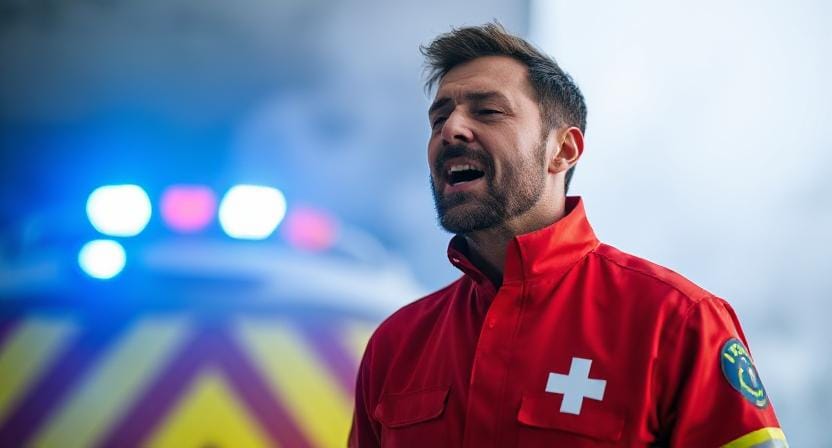
Alright, let’s talk about medical emergencies. They can pop up when you least expect it. You know, like when your friend trips over a rock and suddenly they’re sitting on the ground, grimacing. A sprained ankle is no fun. It’s key to check if they can put weight on it. If they can’t, you gotta help them get to a safe spot. Maybe have them sit down and apply some ice.
Then there’s the big one. Someone clutches their chest like they just spotted their ex at the grocery store. Heart attacks or serious breathing problems? That’s serious. Call for help ASAP. While waiting, you can talk to them, keep them calm. Remind them to breathe slowly. That helps!
Other stuff pops up, too. Allergic reactions can happen out of nowhere. Maybe they eat a nut and suddenly they’re itching like crazy. If they have an EpiPen, use it right away.
And let’s not forget about fainting. It can happen when someone’s dehydrated or hasn’t eaten enough. If your buddy starts to sway, catch them! Lay them down and elevate their legs. That usually helps blood flow back to their heart.
Being prepared makes a difference. Knowing what to do in these moments can really help. It’s scary, but you got this.
2. Natural Disasters:
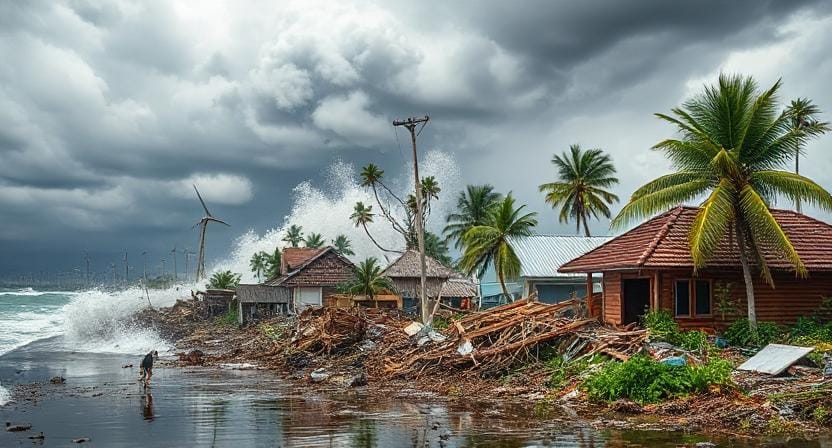
Natural disasters can be very frightening. Imagine having a pleasant day when the ground suddenly shakes like a giant is trampling. Earthquakes are hard to deal with. If that happens, get down on the ground and protect your head. Look for a safe place, such under a strong table. Stay low till it’s done.
Floods are a different story. If you see the water level increasing, go to higher ground right away. Water may flow quickly and be risky. Get your things, but don’t spend time. First and foremost, safety.
Tornadoes? Oh no. If you hear the warning siren, go to a cellar or an inside room. The point is to stay away from windows and anything that could fly around. It’s also helpful to crouch down and shield your head.
It’s amazing how well Mother Nature can surprise us. Have a backpack ready with the things you need. A torch, food, and water. Just in case. Knowing that you’re partially ready provides you peace of mind.
Be mindful of what’s going on around you. Pay attention to weather reports. Being aware of what’s going on helps you and your pals stay safe. No one likes to cope with pandemonium without being ready.
3. Wild Animal Encounters:
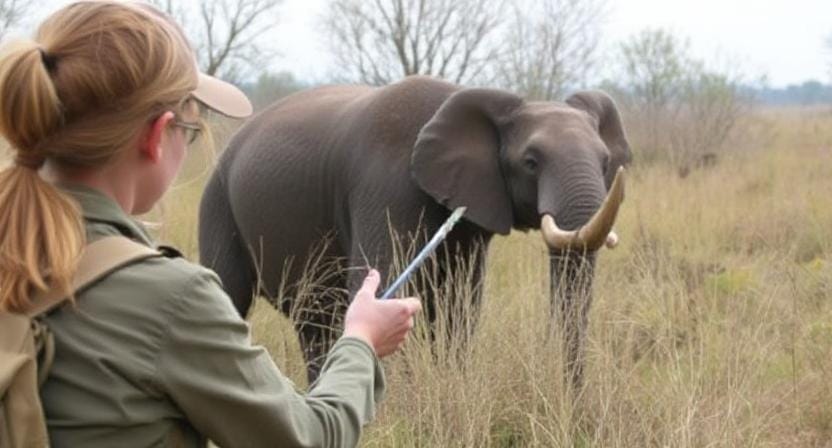
Wild animal encounters can surprise you. One minute, you’re enjoying the view, and the next, a bear is munching on berries nearby. Instinct kicks in, and you feel your heart racing. Don’t panic.
If a bear or a mountain lion is around, your best move is to back away slowly. Don’t turn your back or run. That could make them curious or even think you’re prey. Yikes! Try to make some noise. Shout or clap your hands. Let them know you’re there. Sometimes, they’re more scared of you than you think.
If the animal seems curious or starts coming your way, get to a safe spot—like your car or a building. Make sure your friends know too. They need to be aware, too.
Always keep food stored away. Leaving snacks out can attract animals. No one wants a bear rummaging through their things. If you’re camping or hiking, hang your food high up in a tree.
Wild encounters are part of nature, but staying smart helps you enjoy them safely. Keep your eyes open, stay calm, and remember, you’re not alone in these moments. We can all learn how to respect the wild together!
4. Getting Lost:

Getting lost can be really scary. One minute you’re enjoying the trail, and the next, you have no clue where you are. It happens. Trust me.
When you realize you’re lost, stay calm. Take a breath. Panicking won’t help you find your way. Look around to see if you recognize any landmarks. Maybe there’s a big tree or a rock formation you saw earlier.
If nothing looks familiar, it’s time to pull out that map or compass we talked about. You’ve practiced with them, right? If not, no worries. Just try to remember the route you took. Retracing your steps can work wonders.
If you got a friend with you, stay together. There’s safety in numbers. Plus, talking can help you think more clearly. If you need to, don’t hesitate to shout for help. Sometimes, a simple “Hello!” can bring someone your way.
If you can’t find your way after a while, take a break. Sit down for a minute. Collect your thoughts. You might find the answer pops into your head like that!
Being lost isn’t the end of the world. It’s just an adventure with a little twist. You’ll figure it out together. Just remember, it’s okay to ask for help when you need it. We all do sometimes!
Staying Calm Under Pressure

Now that we’ve established what qualifies as an emergency situation let’s talk about staying calm when everything around you feels like it’s unraveling faster than my attempts at DIY projects. Honestly speaking, it’s easier said than done! But remember this golden rule: panicking rarely helps anyone—not even that squirrel who stole your sandwich.
Take deep breaths and try counting to ten (or twenty if you’re really stressed). This isn’t just good advice; it works wonders for clearing your head so you can focus on what needs to happen next instead of contemplating whether that bear might actually prefer tofu over chicken nuggets.
And interestingly enough, practice makes perfect! The more scenarios you run through in your head ahead of time—like imagining how you’d react if faced with an unexpected thunderstorm—the less likely you’ll turn into a flailing octopus when something goes wrong in real life.
Having a Plan

Having a plan makes a world of difference. It’s like packing snacks for a road trip. You know you’ll get hungry, so you prepare.
Imagine wandering through the woods when something unexpected happens. That’s not the best time to suddenly think, “What should I do?” You might trip over a root, or worse, slip on a rock. Ouch, right?
Picture this. You wake up, ready for an adventure. You know what to do if you get lost, have a wildlife encounter, or if someone gets hurt. You’ve thought it all through. It feels good. You’re ready!
When you sit down over coffee, jot down a few ideas. Maybe have some simple plans for different situations. Like if you see a bear, you know to make yourself look bigger and back away slowly. Or if you trip and scrape your knee, you remember to clean the wound and rest a bit.
Sharing these plans with friends is a must. Everyone should know what to do. It’ll keep everyone calm and focused.
When things go sideways, sticking to a plan can change everything. You stay grounded, and that little voice in your head doesn’t freak out. You can keep enjoying the moment—even when chaos happens.
You got this. Preparation isn’t just smart; it’s empowering. Plus, it helps turn those scary moments into stories to tell later!
For instance:
– Medical Emergency Plan:
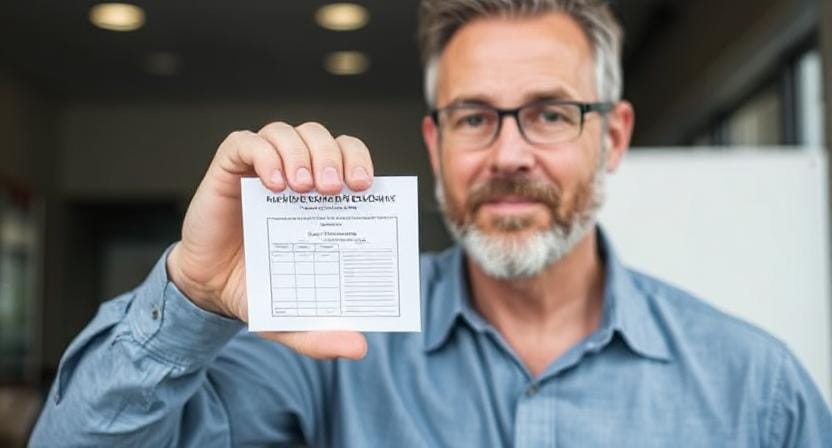
All right, let’s talk about a strategy for a medical emergency. Picture yourself on a hike. Everything feels nice with the sun shining. Then, all of a sudden, someone falls and hurts their knee. Ouch!
It can be really helpful to know some first aid. You have a superhero power in your pocket. Changes “I’m scared” into “I got this!” A few simple tricks can get you a long way. Cleaning a cut and putting a band-aid on it are small things that make a great difference.
You have to bring a little first aid kit. Just think about band-aids, antiseptic wipes, and maybe some gauze. They don’t take up much room, but you’ll be pleased you have them if something goes wrong. When something unexpected happens, a little planning can go a long way.
It’s also smart to remember to ask your buddies if they know what to do. It’s much easier to deal with the situation if everyone is on the same page. Imagine you saying to your friend, “Hey, let’s clean that cut and make you feel better!” It makes me feel better.
You’re not only getting ready for the worst; you’re also making every trip a bit safer. And if everyone is safe, you can laugh about it later, like, “Remember that time we needed a band-aid but ended up being first responders?”
So, take those things with you. A tiny kit can make a serious situation into just a modest problem. You can do it!
– Evacuation Routes:
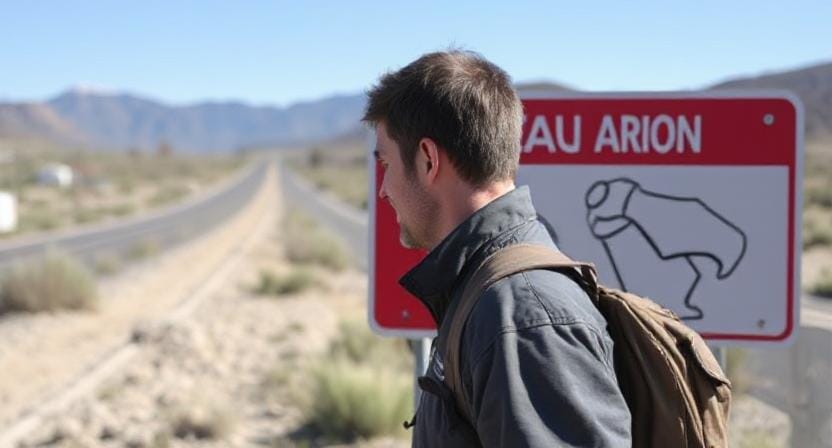
Let’s talk about ways to get out of the area. You know, those plans are what enable you get out safely should things go wrong. Think about how much fun you’re having at the beach. Then you find out that a hurricane is on the way. That’s scary, right?
Knowing how to get out can definitely help. You don’t need to freak out; you have a way to go. It leads to safety instead of gold, like a treasure map. Before you leave, you should look at the maps. Know where the safest exits or the highest ground is.
What about the mountains, though? That’s a significant concern if you’re trekking and there might be avalanches. Do you know where to go when nature goes crazy? That’s a good idea. Sometimes all you need is a quick look at a map that identifies safe areas or trails out.
It’s important to talk to friends before the excursion. You don’t want anyone to feel confused. “Hey, we’re going that way in case something happens” makes a big difference. It makes everyone feel better, too.
Take a moment to think about it. Everyone else will calm down if you are calm and ready. And that’s great when things go wrong. You need to stay focused and not let panic set in.
So, take a minute to look over their paths. You will be more ready to have fun outside. Do you know that you can get away safely? That emotion is worth its weight in gold. Reduces the stress of all the excursions. You can do this!
– Animal Encounter Protocols:
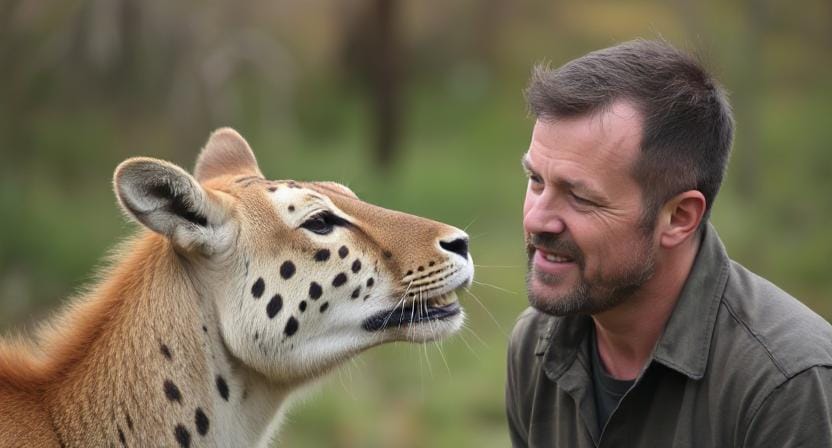
If you see any animals while you’re out and about, let’s talk about what to do. You know, things like snakes or bears. It might be a little scary, right? But having a strategy is like having a secret weapon.
It helps a lot to look up what to do with different animals. If you see a bear, just walk away slowly. Don’t act like you’re dead until you really have to. That’s for the important things. Most of the time, you should stay away.
It’s also important to be smart around snakes. If you spot one, stop and back away carefully. Most of the time, snakes just want to be left alone. You can trust me: they don’t want to make friends.
It’s a good idea to talk to your buddies about your ideas. You can even work on them. So, when you’re out in nature, you won’t fear because you’ll know what to do. It’s like practicing to be a superhero. You can do it, so feel strong!
It can also assist to picture these times. Imagine spotting a bear and quietly walking away. You and your companions, holding hands and feeling strong. That’s a lot better than freaking out, right?
It’s all about being ready. You won’t feel overwhelmed if you have a plan. Your adventure will be more fun. Nature can be great, but it’s more fun and safe if you’re ready. You can do this!
Assembling Your Emergency Kit
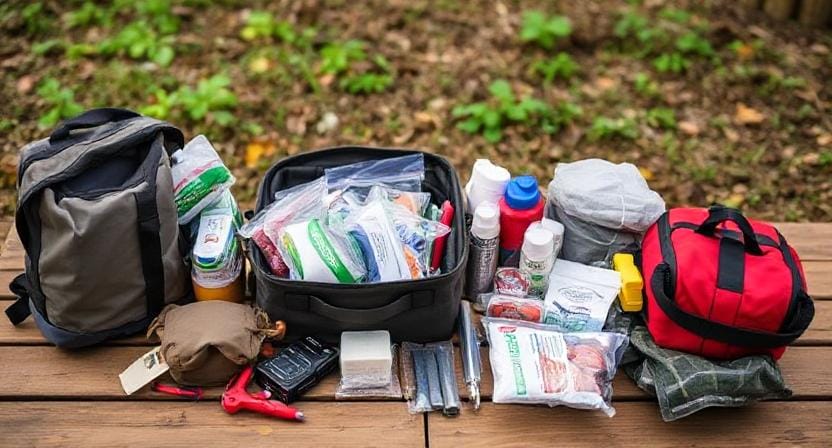
An emergency kit is like your superhero toolbox, and honestly, we all need one. Just picture it—a backpack filled with everything that can help when things go sideways. No need for spandex. Unless you really want to wear that, hey, no judgment here!
Think water. You should have some in there. Staying hydrated is key, especially if you’re out hiking or during a long drive. Snacks too. Energy bars or trail mix are great. Nobody likes feeling hungry when you’re in a tough spot.
A flashlight’s a must. Imagine needing light in the dark. You don’t wanna be stumbling around like you’re in a horror movie. Keep batteries extra too. A first aid kit? Oh yeah. Band-aids, antiseptic wipes, and some pain relievers. Those little owies can quickly become big deals if you don’t tackle them.
Don’t forget a whistle. If you can’t yell out for help, a whistle is loud and easy. Super useful if you’re lost or need to grab attention.
And a small blanket can be awesome for staying warm. You never know when you might need a cozy wrap, right?
Packing this kit takes a bit of time, but it’ll feel so good to know you’re ready for surprises. When you whip it out, you’ll be the hero of the moment.
So, while you’re sipping your coffee, think about grabbing a backpack and starting your emergency kit. You’ll feel a lot calmer when you’re prepared. Trust me, it makes all the difference!
Here are some must-haves for any outdoor enthusiast’s kit:
1. First Aid Supplies:
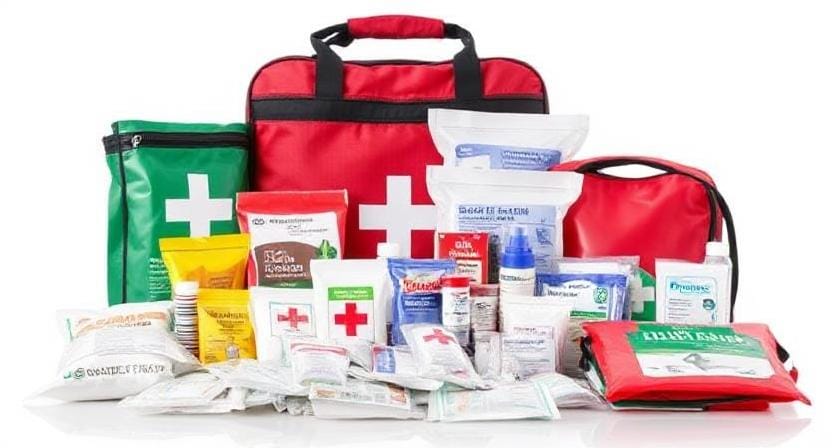
First aid supplies are like a little army for your boo-boos. Bandages, gauze pads, antiseptic wipes—you really want those on hand. They can help make getting hurt not so scary.
When you trip and scrape your knee, a bandage is like a hug for your wound. You put it on, and it feels better. It makes the hurt a bit less painful. So nice, right? Gauze pads are great too. They’re perfect for bigger cuts. You can put those on and feel more secure, knowing you’ve got it covered.
Antiseptic wipes are a lifesaver. They clean the cut to keep it from getting all dirty and gross. It might sting a tiny bit. But that’s just it working. You know what I mean? Better safe than sorry!
Don’t forget some pain relievers, too. They help if you’ve had a rough day or a headache creeps in. Just a couple of those and you can get back to having fun.
Think about adding some tweezers. They come in handy for splinters. Ouch! Nobody likes those. A little pinch, and you can get it out.
Packing all this stuff can take a few minutes, but it makes a huge difference later. When you’re prepared, you’ll feel a lot better, knowing you can handle little accidents when they pop up. Seriously, who wants to deal with a surprise cut without supplies? Not me!
So grab a small bag and fill it up with these goodies. You’ll thank yourself later when you’re feeling ready for anything. Just like a superhero!
2. Water Purification Tablets:

Small but powerful, water purifying tablets. They can change muddy, marshy water into something you can drink. Believe me, no one wants to drink something that looks like it originated from a muddy puddle. Yuck, right?
You know how you feel when you’re really thirsty after a trek and the only water you can find looks… well, gross? That’s when these pills come in handy. Just put one in the water and wait a little while. Water that is safe to drink. It seems like magic.
It’s quite simple. Simply do what the package says. It could take a few minutes for it to work. Be patient, my friend! You may have a granola bar or anything while you wait. You’ll feel better soon.
These tablets can be really helpful when you’re outside. Things can go wrong on adventures. It’s good to know that you can get clean water. It feels good to be ready. You won’t have to worry about becoming sick. That’s a big relief.
Water is very vital. It’s really important to drink enough water, especially when it’s hot outside. So, put a handful of those pills in your backpack. They aren’t heavy, and they can help you out. Your future self will be very grateful when you drink clean water instead of swamp juice.
3. Flashlight and Batteries:

A flashlight is like your little guiding star in the dark. When the lights go out, it’s a bit scary. I mean, who wants to bump into furniture or trip over shoes? Not me!
Having a flashlight ready is super smart. You can find your way without turning your living room into an obstacle course. Just picture it: the power goes out and—bam! You flip on your flashlight and suddenly, you’re in control. It feels good.
Batteries are a must too. A great flashlight needs power to shine bright. There’s nothing worse than grabbing it, ready to go, and finding out it’s dead. Ugh! That’s frustrating. Keeping extra batteries nearby is a lifesaver. Make it a habit. You can just toss some in a drawer or a bag. Easy-peasy.
Check your flashlight every now and then. Make sure it works. Kind of like checking your phone battery before a big day out. You don’t want surprises. It’s nice to have everything ready, so you can relax when things get a bit wild.
When darkness hits, you’ll be so glad you thought ahead. Just one little flashlight can make everything feel safer. So, grab one and maybe even keep it by your bedside. You’ll feel like you’re ready for whatever happens!
4. Multi-tool:
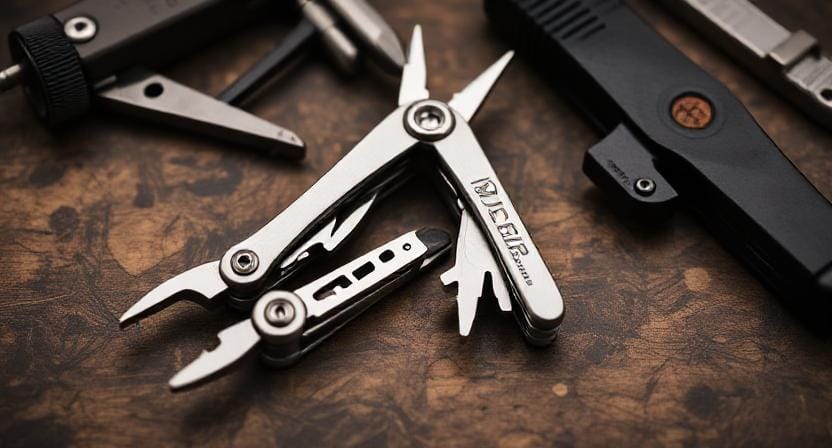
A multi-tool is like having a superhero tag along. Seriously, it’s so handy! It can do all sorts of things. Need to open a bottle? Check. Want to tighten a screw? Yep, got that too.
You can fit a bunch of tools in one little gadget. It’s kind of amazing. No more digging through drawers to find a screwdriver or a can opener. Just whip out your multi-tool, and boom! Problem solved.
A lot of times, we don’t realize we need something until it’s right there in front of us. Like, oh no! My backpack needs fixing. But wait! Pull out your multi-tool, and you’re a hero. It’s that simple.
Keeping one in your bag when you’re out exploring? Genius. You never know when you’ll need to cut something or help fix a friend’s gear. Plus, it feels good to be prepared. When life throws something your way, you’ve got the right tool.
So, you should definitely grab one. It’s like carrying a little piece of magic. You’ll feel ready for anything life might throw your way. Really, who wouldn’t want a pocket-sized MacGyver?
5. Emergency Blanket:
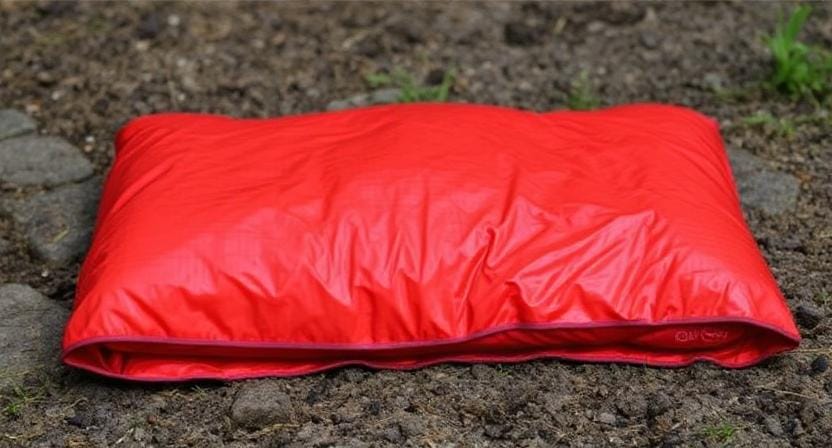
An emergency blanket is like the best friend you could ever have. So small, but so warm. You could put it in your bag and not even know it was there. This small jewel can save your life when it’s cold outside or you need to stay warm while you wait for help.
Think of being stuck in a freezing place. You feel that shudder, don’t you? When you pull out this blanket, you feel warm all over. It seems like magic. You can’t always know when you’ll need it, but when you do, it truly helps.
It’s a good idea to keep it with you. Put it in a pocket or a small space in your purse. You know what it’s like to dig through a bag, right? Looking for that one thing that got lost behind the snack bars or that extra jacket. Those times sometimes seem like they last forever.
When you have all of your emergency supplies in one place, you feel in control. You don’t want to be digging around when things become busy, trust me. You can get what you need very quickly if your bag is well-organized.
So, put that blanket for emergencies in there. It’s a simple change that makes a tremendous difference. You’ll be warm and ready for anything. I think that’s a lovely way to feel.
Practicing Your Skills
You know what really helps? Practicing for emergencies. Sounds simple, right? Just like practicing for sports. Or running through lines before a play. When you do this, everyone feels ready if something unexpected happens.
Get your friends or family together. It can be fun! Set up fake emergencies—like someone needing help on a hike. Assign different roles. Maybe one person calls 911 while others give first aid. Kind of like a game. You never know when stuff might happen, so why not be ready?
These little drills can make a big difference. They help everyone feel confident. When you know what to do, it’s less scary. Plus, you work as a team. Teamwork is nice, right? It brings folks together. In a real emergency, that togetherness can change everything.
Imagine chaos versus camaraderie. A team working together feels strong. Everyone knows their job. It’s like magic! So grab some snacks, have a chat, and stage these little mock emergencies. You’ll laugh, learn, and be so much better prepared. That’s the goal, isn’t it? Feeling safe and ready together.
Outdoor emergencies can happen without warning, but staying calm and prepared makes all the difference. Whether it’s an injury, sudden weather, wildlife encounter, or getting lost, knowing what to do keeps you safe. With simple planning, basic first aid skills, and an emergency kit, anyone can handle unexpected situations outdoors with confidence.
Frequently Asked Questions
What is the first thing to do in an outdoor emergency?
The first step is to stay calm and assess the situation before taking action. Clear thinking helps you avoid mistakes and prioritize safety for yourself and others.
How do I handle a medical emergency outdoors?
Check the injured person, provide basic first aid if trained, and call for help if the situation is serious. Keep them calm and safe until assistance arrives.
What should I do if I get lost on a trail?
Stop moving, stay calm, and retrace your steps if possible. Use a map, compass, or whistle to call for help if you cannot find the trail.
How can I stay safe during sudden weather changes?
Seek shelter immediately and avoid exposed areas. Stay informed about weather conditions before your trip and pack emergency gear like rain protection and warm clothing.
What is the safest way to handle wild animal encounters?
Stay calm, avoid running, and slowly back away while maintaining distance. Store food properly and never approach wildlife.
Why is it important to have an emergency plan?
Having a plan helps you react faster during unexpected events like injuries, storms, or getting lost. It keeps your group organized and reduces panic.
What should I include in my outdoor emergency kit?
Pack first aid supplies, a flashlight, batteries, water purification tablets, a whistle, and an emergency blanket. These essentials prepare you for common emergencies.
Suggested Resources:
Emergency Preparedness Guide
https://www.ready.gov/prepare
Wilderness First Aid Tips
https://www.wildernessfirstaid.com/tips
How To Assemble an Emergency Kit
https://www.redcross.org/get-help/how-to-prepare-for-emergencies/survival-kit-supplies.html
Basic Survival Skills Every Outdoor Enthusiast Should Know
https://www.outdoorlife.com/survival-skills/

Kevin Collier is a seasoned outdoor enthusiast and writer for Trekbug.com, specializing in outdoor adventures, survival strategies, and prepping insights. With a deep love for nature and a commitment to self-sufficiency, Kevin empowers readers to embrace the wilderness confidently. He shares valuable tips, practical techniques, and inspiring stories, helping both novice and experienced adventurers develop essential skills for surviving and thriving in the great outdoors.


